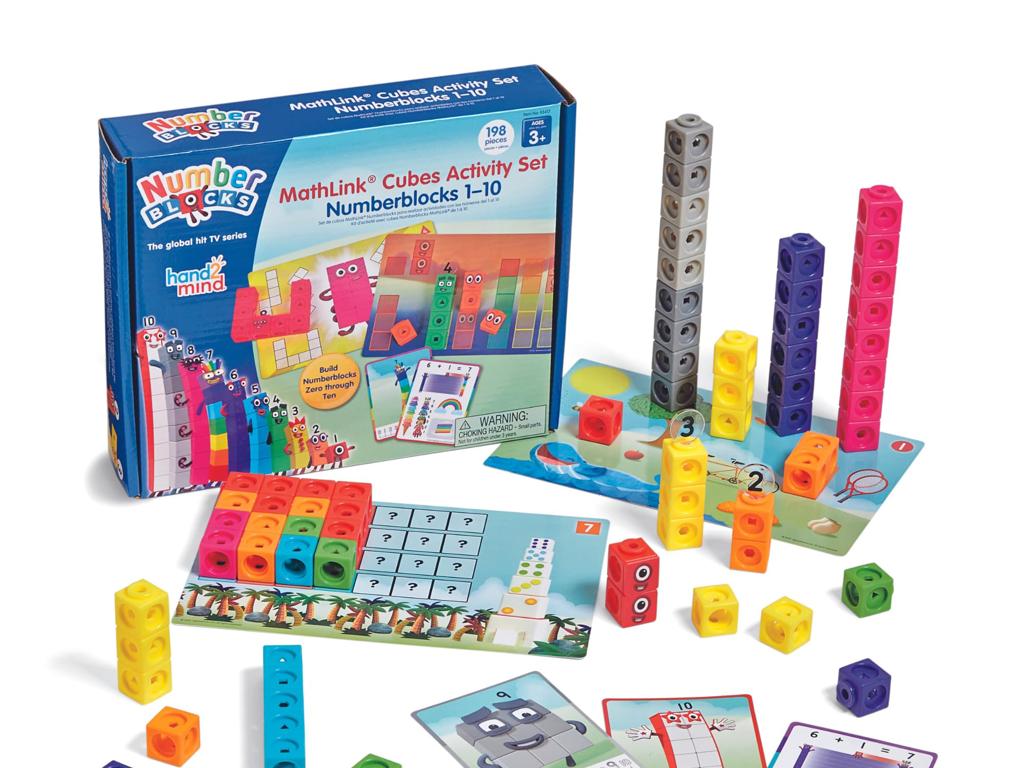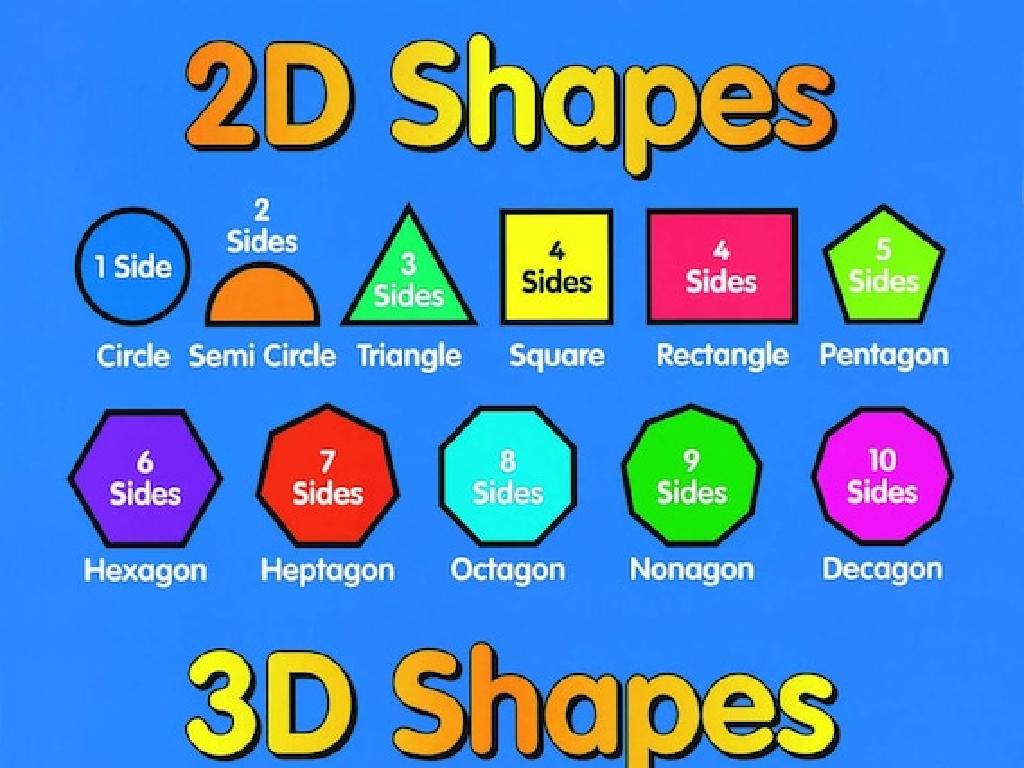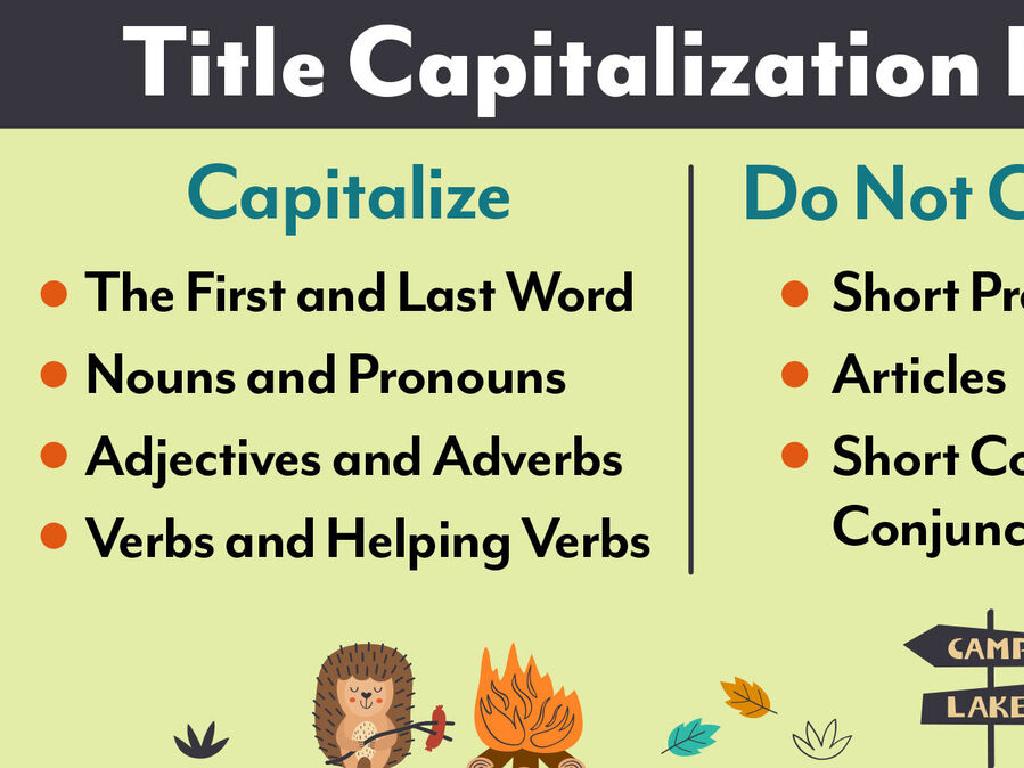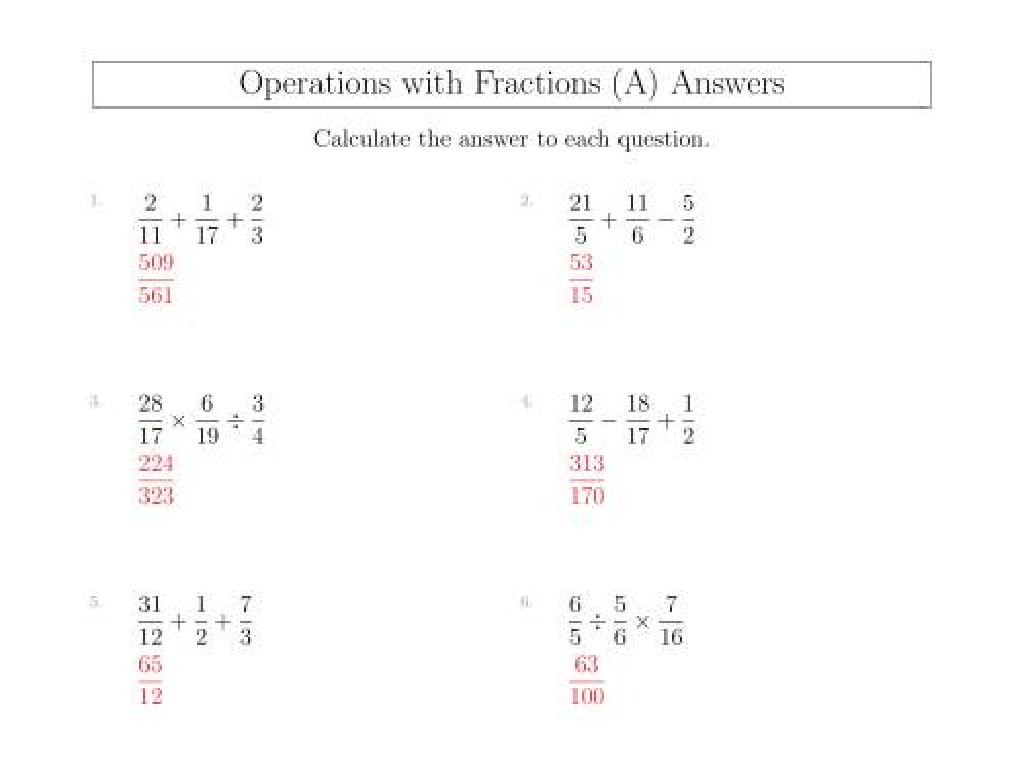Identify Subordinating Conjunctions
Subject: Language arts
Grade: Third grade
Topic: Conjunctions
Please LOG IN to download the presentation. Access is available to registered users only.
View More Content
Welcome to Conjunction Junction: Subordinating Conjunctions
– Discovering conjunctions
– Subordinating conjunctions adventure
– Words like ‘because’, ‘if’, ‘when’ are subordinating conjunctions
– Conjunctions connect sentences
– They join sentences with different ideas
– How conjunctions work
– Subordinating conjunctions make one idea depend on another
|
This slide introduces the concept of conjunctions, with a focus on subordinating conjunctions, to third-grade students. Begin by explaining that conjunctions are like bridges that connect words or groups of words in sentences. Highlight that subordinating conjunctions are special because they connect two ideas in a way that makes one idea dependent on the other. Use examples like ‘I eat breakfast before I go to school’ to illustrate how ‘before’ is a subordinating conjunction that connects two parts of a sentence. Encourage students to think of conjunctions as tools that help make their writing more interesting by combining ideas in different ways.
Subordinating Conjunctions: Building Complex Sentences
– What is a subordinating conjunction?
– It’s a word that joins two ideas, making one dependent on the other.
– Examples: because, although, if, when
– ‘Because’ shows reason, ‘although’ shows contrast, ‘if’ shows condition, ‘when’ shows time.
– Connecting main and supporting ideas
– They help the main idea by adding details or conditions.
– Practice finding them in sentences
|
This slide introduces subordinating conjunctions, which are the words that help to combine two ideas into one complex sentence, where one idea helps to explain or support the other. Start by explaining the concept with simple definitions and then provide common examples that the students can relate to. Discuss how these conjunctions can change the meaning of a sentence by connecting a main idea with a supporting idea, and how they can indicate time, reason, condition, or contrast. Encourage students to practice by finding and using subordinating conjunctions in example sentences. This will help them understand the role these conjunctions play in sentence structure and meaning.
Spot the Subordinating Conjunction
– Find subordinating conjunctions
– Words like ‘because’, ‘if’, ‘when’, ‘although’
– Identify main and subordinate clauses
– Main clause is independent, subordinate depends on the main
– Understand clause relationships
– Subordinating conjunctions connect clauses, showing time, reason, condition
– Practice with examples
|
This slide is aimed at helping third-grade students identify subordinating conjunctions and understand their role in sentence structure. Begin by explaining that subordinating conjunctions are words that connect two parts of a sentence: the main clause, which can stand alone, and the subordinate clause, which cannot. Emphasize how these conjunctions help to show the relationship between the clauses, such as time, reason, or condition. Use simple sentences and highlight the conjunctions and clauses. Encourage students to practice by finding the conjunctions in sentences and determining the type of relationship they are indicating. Provide plenty of examples and create a collaborative classroom activity where students can work in pairs or groups to identify conjunctions in provided sentences.
Create Your Own Sentences with Subordinating Conjunctions
– Write sentences using subordinating conjunctions
– Use words like ‘because’, ‘if’, ‘when’, ‘although’ to join ideas
– Connect a main idea to a supporting idea
– Main idea is like ‘I was hungry’, supporting idea ‘because I skipped lunch’
– Share your sentences with the class
– Have fun creating complex sentences
– Try making a story with your sentences
|
This slide is for a class activity where students will practice using subordinating conjunctions to create complex sentences. Encourage them to think of a main idea and then add a supporting idea using a subordinating conjunction. Provide examples of subordinating conjunctions and model how to combine ideas into one complex sentence. Allow students to share their sentences with the class to foster a collaborative learning environment. Offer positive feedback and guidance to ensure they understand how to use conjunctions effectively. Possible activities include creating a story with their sentences, illustrating their sentences, or working in pairs to build sentences.
Game Time: Conjunction Match-Up!
– Match clauses with conjunctions
– Pair up for sentence creation
– Work with a classmate to combine ideas
– Create complex sentences
– Use subordinating conjunctions like ‘because’, ‘if’, ‘when’
– Class review of sentences
|
This interactive game is designed to help students practice using subordinating conjunctions by matching main clauses with subordinate clauses. Students will work in pairs to create complex sentences, which will help them understand how subordinating conjunctions connect ideas in a sentence. Encourage creativity and correct usage of conjunctions. After the activity, review the sentences together as a class to reinforce learning and correct any misunderstandings. Possible activities: 1) Conjunction scavenger hunt in pairs, 2) Conjunction charades, 3) Sentence building competition, 4) Conjunction bingo with sentences.
Class Activity: Conjunction Chain Story
– Start a chain story together
– Add sentences with subordinating conjunctions
– Examples: ‘because’, ‘although’, ‘when’, ‘if’
– Use different conjunctions each time
– Aim for a long, creative story
|
This activity is designed to help students practice using subordinating conjunctions in a fun and interactive way. Begin by explaining what a chain story is and how it works. Then, introduce or review subordinating conjunctions, giving examples and explaining their function in complex sentences. Start the story with a sentence that includes a subordinating conjunction. Each student will then add to the story with a new sentence that includes a different subordinating conjunction. Encourage creativity and ensure that students understand the meaning and correct use of each conjunction they choose. Possible conjunctions to use include ‘because’, ‘although’, ‘if’, ‘since’, ‘unless’, ‘while’, ‘after’, and ‘before’. The goal is to create a cohesive and interesting story that demonstrates the use of subordinating conjunctions to connect ideas.
Review & Homework: Subordinating Conjunctions
– Recap: Subordinating conjunctions
– Words like ‘because’, ‘if’, ‘when’
– Their role in sentences
– They connect main and subordinate clauses
– Homework: Write a short story
– Create your own tale at home
– Use 5 different subordinating conjunctions
– Include words like ‘although’, ‘before’, ‘since’
|
This slide is meant to summarize the lesson on subordinating conjunctions and to assign a creative homework task. Begin with a brief review of subordinating conjunctions, ensuring students understand that these words help to join two ideas in a sentence where one is dependent on the other. Emphasize their role in creating complex sentences and enhancing writing. For homework, students are to write a short story incorporating at least five different subordinating conjunctions, which will help them apply what they’ve learned in a fun and engaging way. Encourage creativity and remind them to be prepared to share their stories in the next class, fostering a sense of excitement and anticipation.






